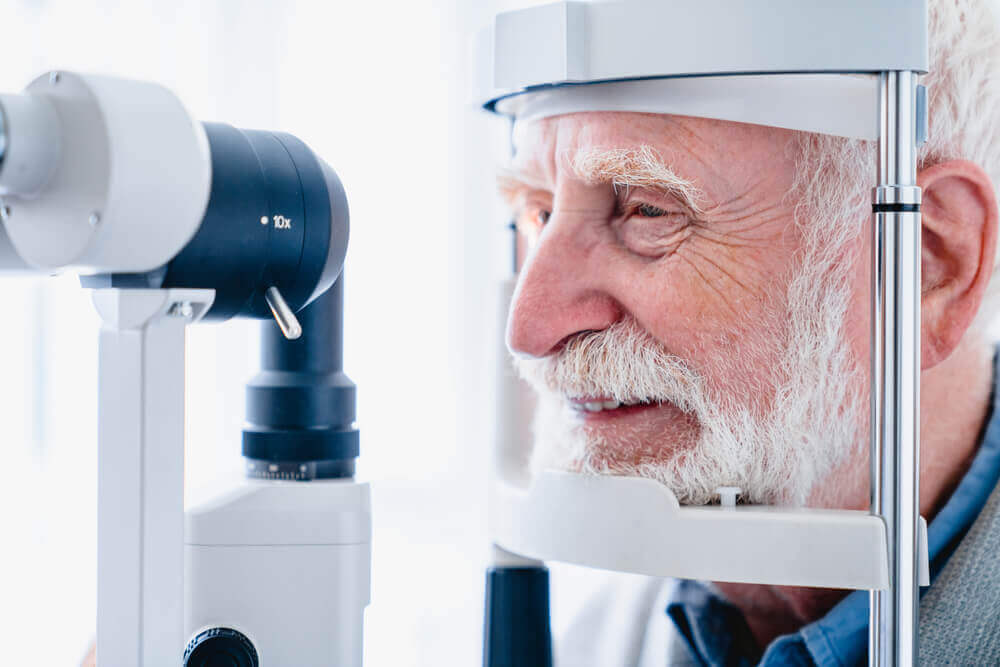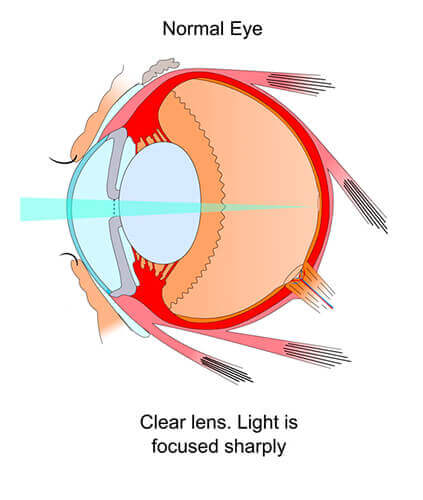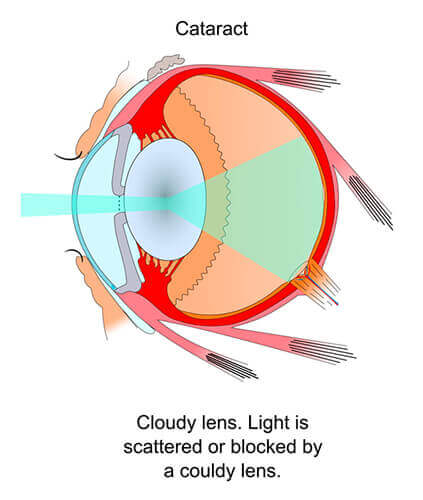Cataract Surgeon – Fort Worth

At Ophthalmology Associates, we take pride in providing exceptional eye care services, specifically focusing on cataract surgery. With a team of highly specialized doctors dedicated to cataract treatment, you can trust us with your vision and eye health.
Our expert ophthalmologists have years of experience in diagnosing and treating cataracts, a common age-related eye condition that can cloud your vision. Whether you’re experiencing early symptoms or require advanced cataract surgery, we are here to guide you through every step.
What are cataracts, and how do they affect vision?
Cataracts are a common eye condition where the lens becomes cloudy and progressively more opaque, leading to blurred vision. The opacity interferes with light passing through the lens, keeping a clear image from forming on the retina. This cloudiness is often due to aging, but other factors like trauma, medical conditions, or genetics can contribute. If left untreated, cataracts can lead to significant vision impairment, impacting daily activities like reading or driving. Surgical removal and lens replacement are effective treatments to restore clarity.
What are the common symptoms of cataracts?
You can tell you’re developing cataracts if you experience any of the common symptoms:
- Blurred or Hazy Vision
- Difficulty with Night Vision
- Sensitivity to Light and Glare
- Frequent Prescription Changes
- Double Vision in One Eye
- Fading or Yellowing of Colors
- Difficulty Reading or Performing Detailed Tasks
If you experience any of these symptoms, it’s essential to consult an eye care professional for a comprehensive eye examination and cataract screening.
Ophthalmology Associates in Fort Worth, TX, offers a cataract self-test on our website, which can help you determine if you may be at risk. For a diagnosis a complete professional eye examination is needed.














